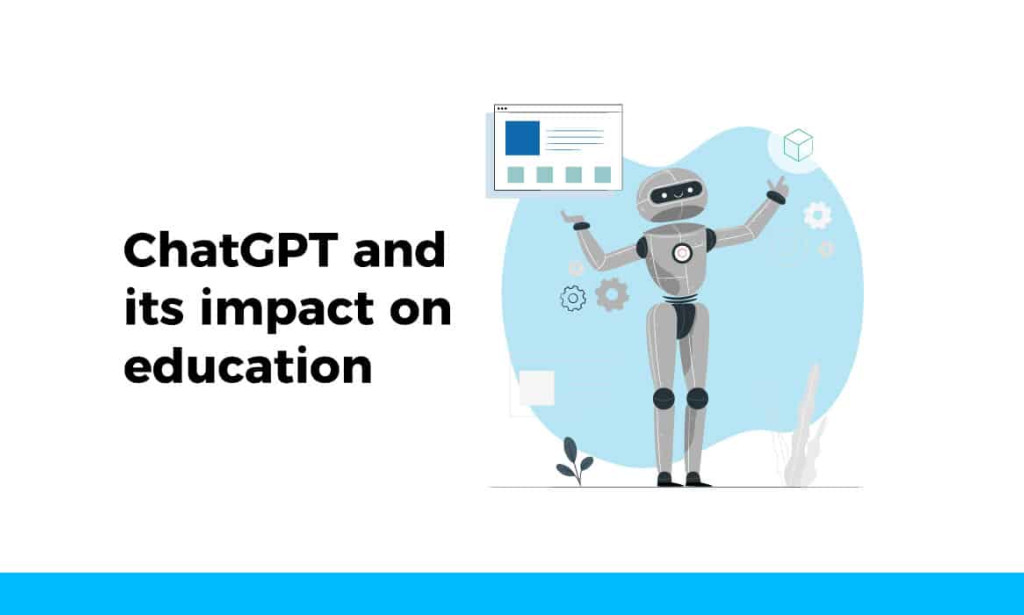We need to talk Brett Vogelsinger said. A student had just asked for feedback on an essay. One paragraph stood out. a ninth grade English teacher in Doylestown, Pa., realized that the student hadn’t written the piece himself. He had used ChatGPT.
artificial intelligence tool, late last year by the company OpenAI, can reply to simple prompts and generate essays and stories. It can also write code.
With a week, it had more than a million users. As of early 2023, Microsoft planned to 10 billion into open and OpenAI’s value had been put at $29 billion, more than double what it was in 2021.It no wonder other tech companies have been racing to put out competing tools. Anthropic, an AI company founded by former OpenAI employees, is testing a new chatbot called Claude. Google lanch bard in early February, and the Chinese search company Baidu released Ernie Bot in March.
A lot of people have been using ChatGPT out of curiosity or for entertainment. I asked it to invent a silly excuse for not doing homework in the style of a medieval proclamation. In less than a second, it offered me: “Hark! Thy servant was beset by a horde of mischievous leprechauns, who didst steal mine quill and parchment, rendering me unable to complete mine homework.”
But students can also use it to cheat. ChatGPT marks the beginning of a new wave of AI, a wave that’s poised to disrupt education.When Stanford University’s student-run newspaper polled students at the university, 17 percent at the end of 2022. Some admitted to submitting the chatbot’s writing as their own. For now, these students and others are probably getting away with it. That’s because ChatGPT often does an excellent job.
“It can outperform a lot of middle school kids,” Vogelsinger says. He might not have known his student had used it, except for one thing: “He copied and pasted the prompt.”
The essay was still a work in progress, so Vogelsinger didn’t see it as cheating. Instead, he saw an opportunity. Now, the student and AI are working together. ChatGPT is helping the student with his writing and research skills.We’re] color-coding,” Vogelsinger says. The parts the student writes are in green. The parts from ChatGPT are in blue. Vogelsinger is helping the student pick and choose a few sentences from the AI to expand on — and allowing other students to collaborate with the tool as well. Most aren’t turning to it regularly, but a few kids really like it. Vogelsinger thinks the tool has helped them focus their ideas and get started.
This story had a happy ending. But at many schools and universities, educators are struggling with how to handle ChatGPT and other AI tools.
In early January, new york city public school banned chat gpt on their devices and networks. Educators were worried that students who turned to it wouldn’t learn critical-thinking and problem-solving skills. They also were concerned that the tool’s answers might not be accurate or safe. Many other school systems in the United States and around the world have imposed similar bans.
Schwarz, who teaches computer science at Stanford, said he had “switched back to pencil-and-paper exams,” so students couldn’t use ChatGPT, according to the Stanford Daily.



You must be logged in to post a comment.